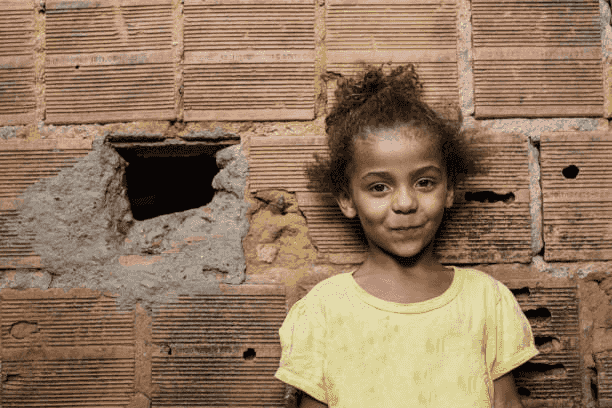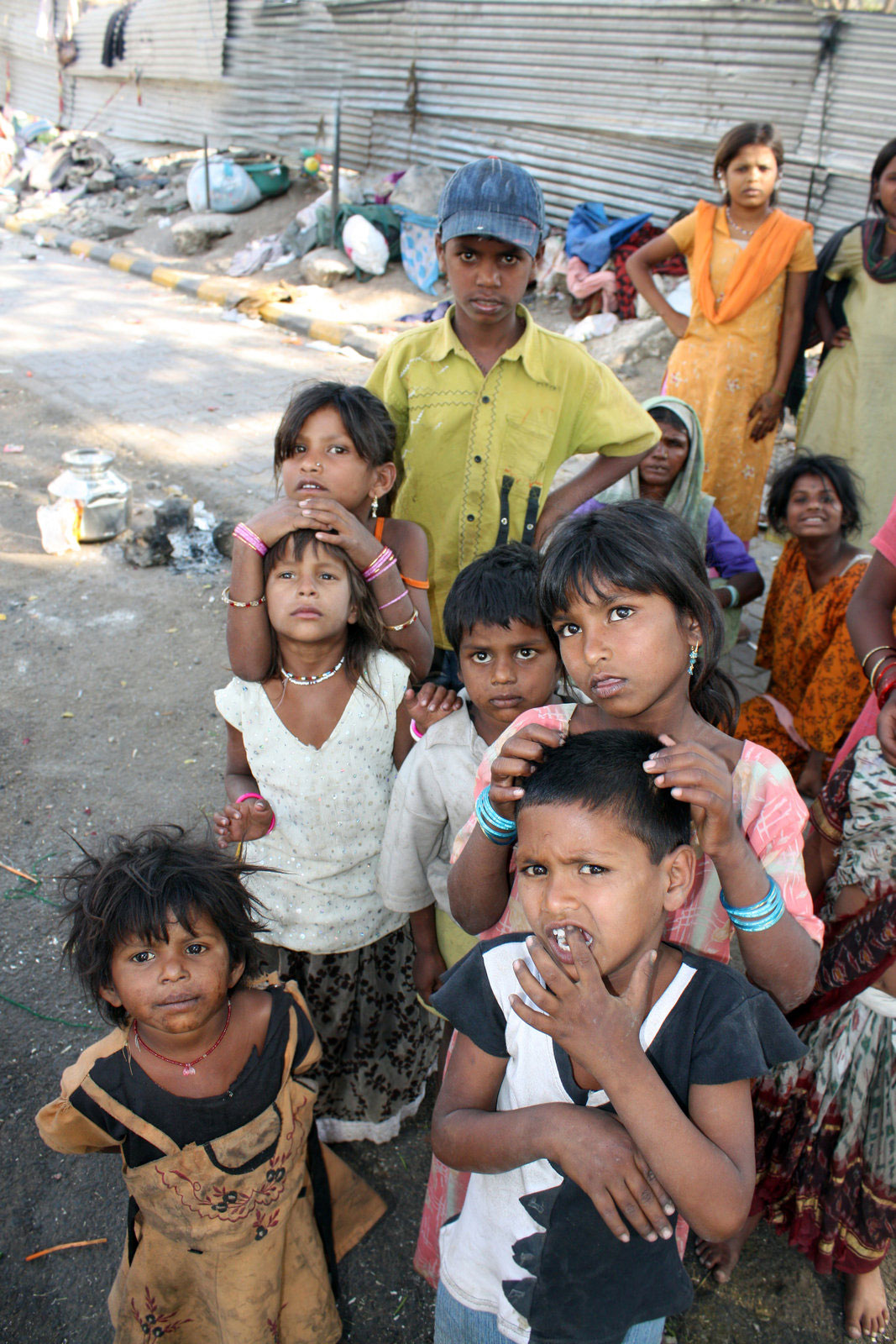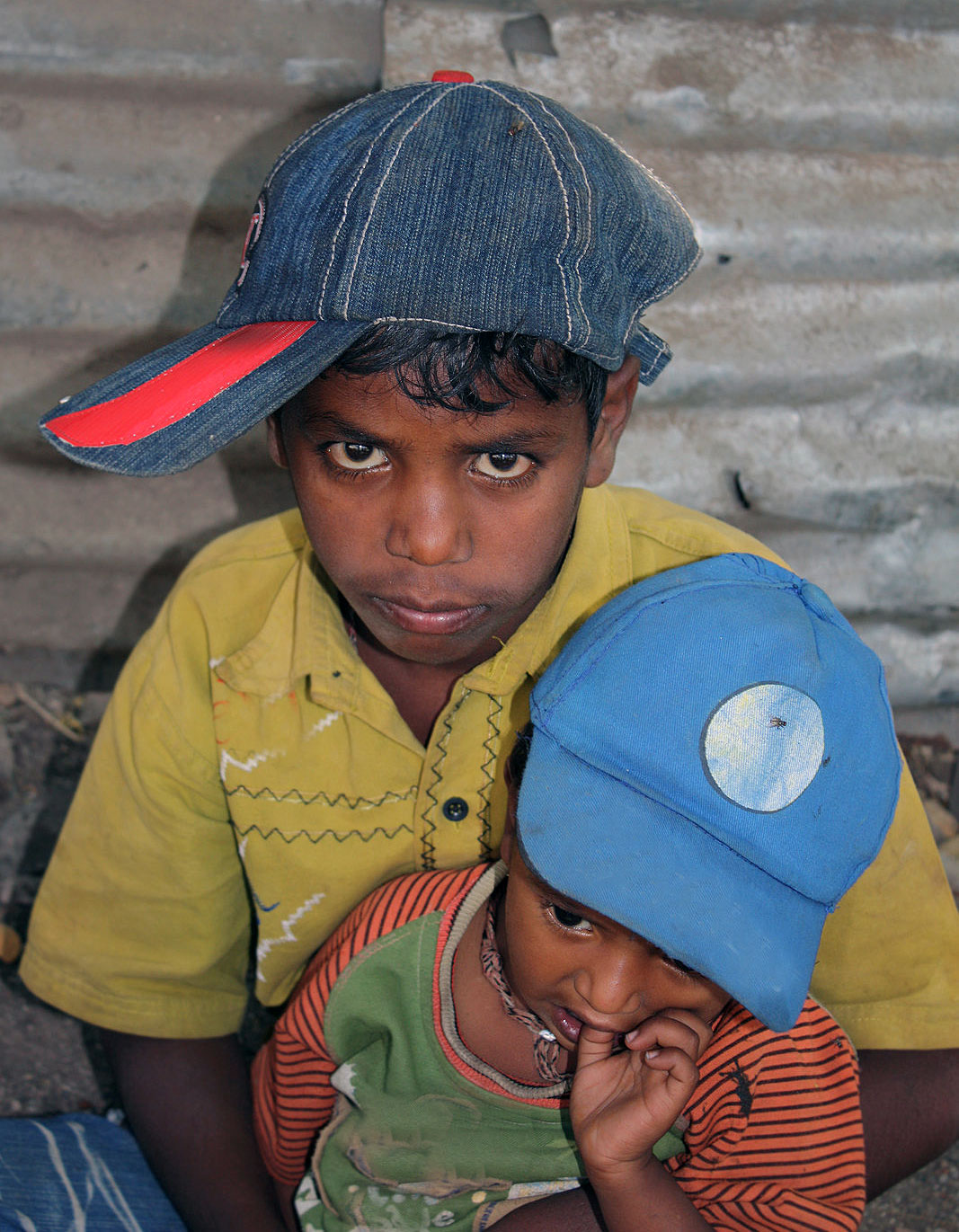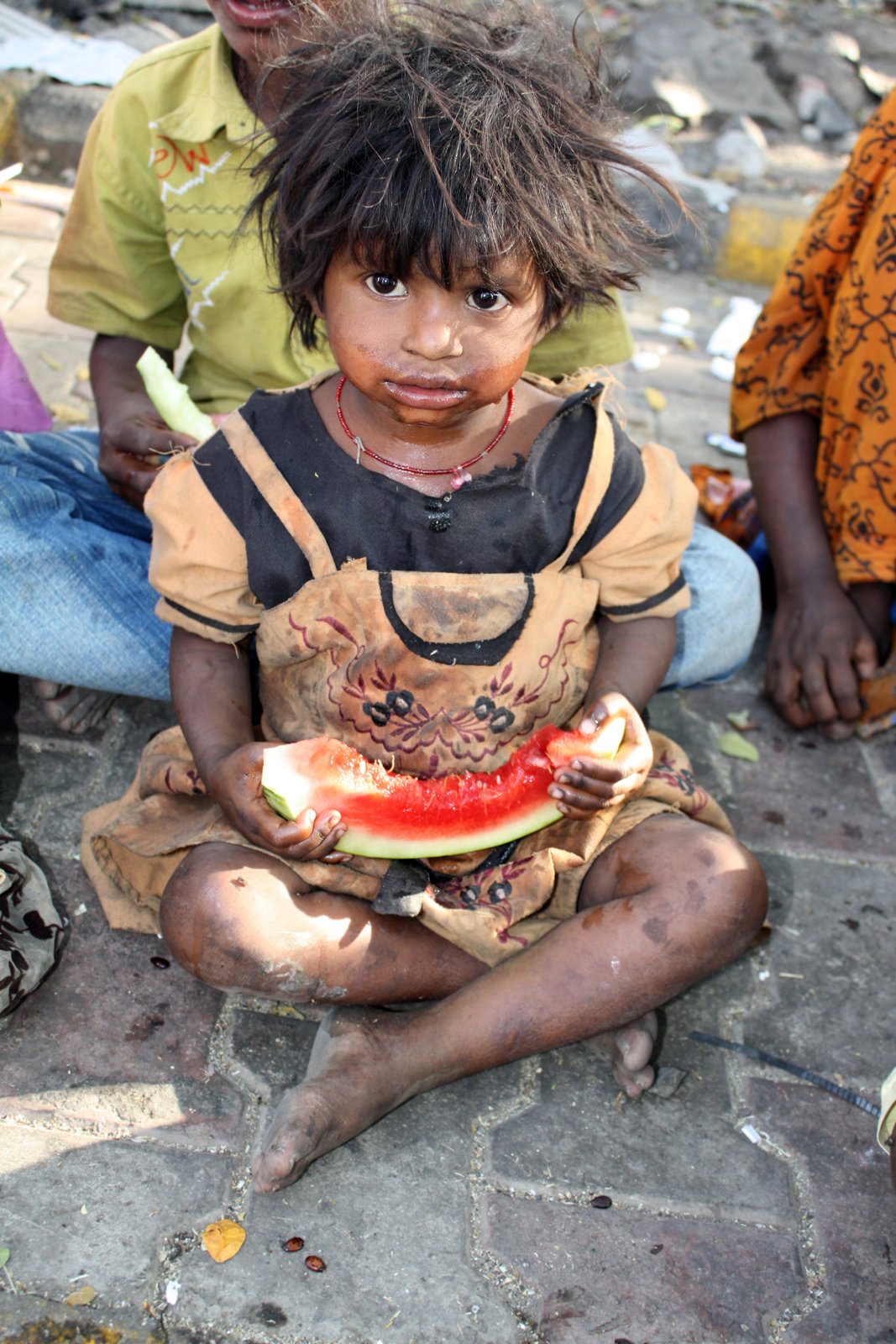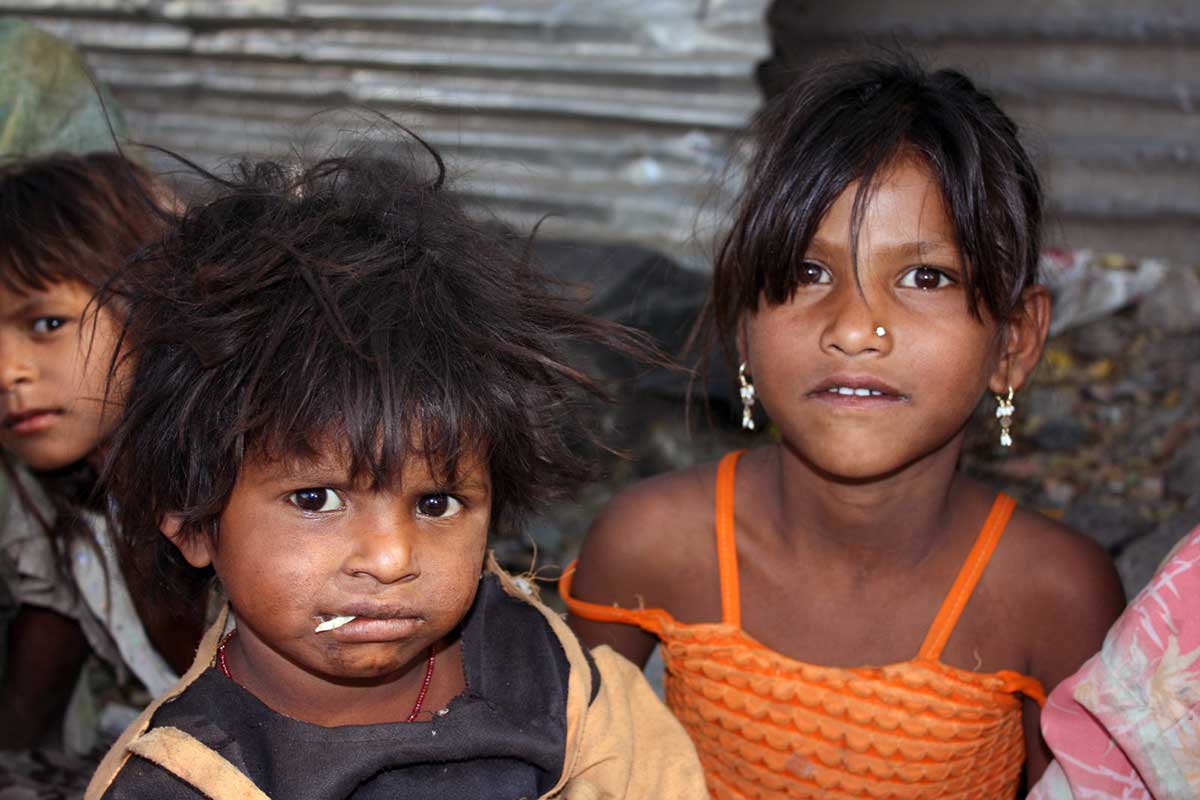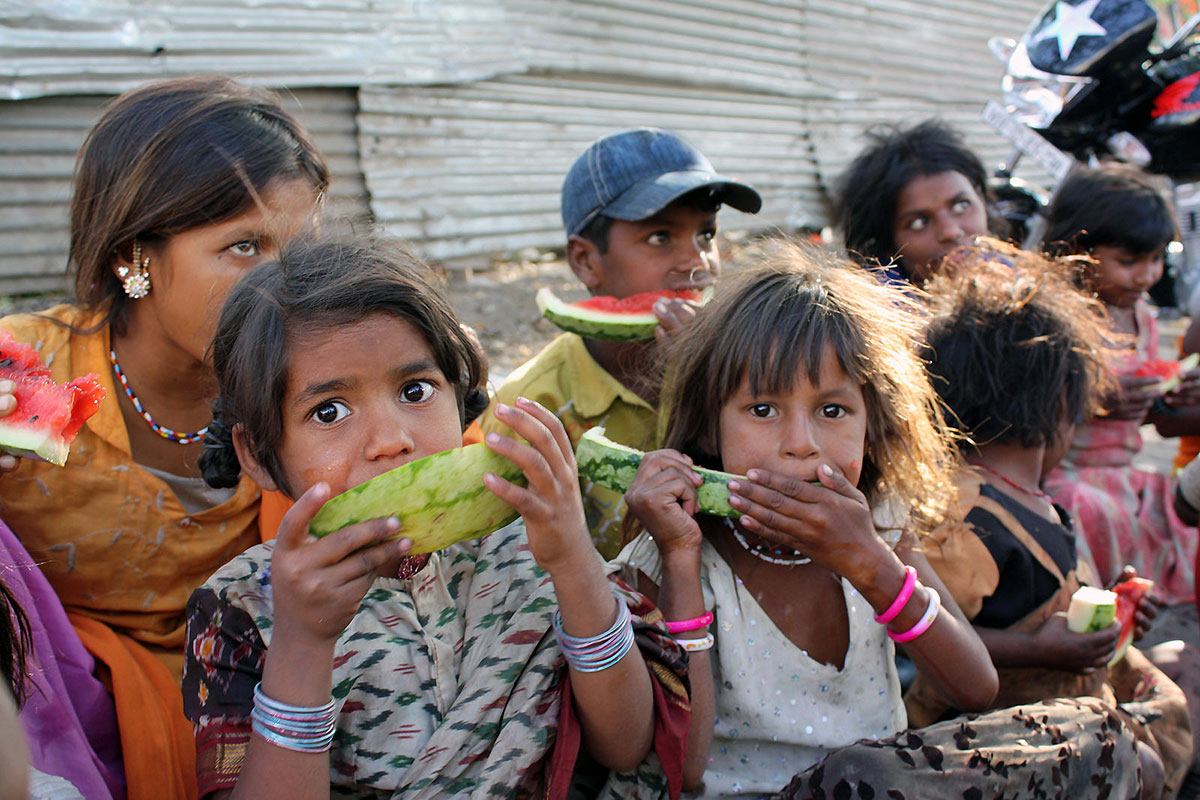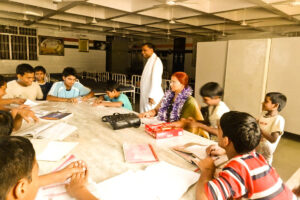No products in the cart.
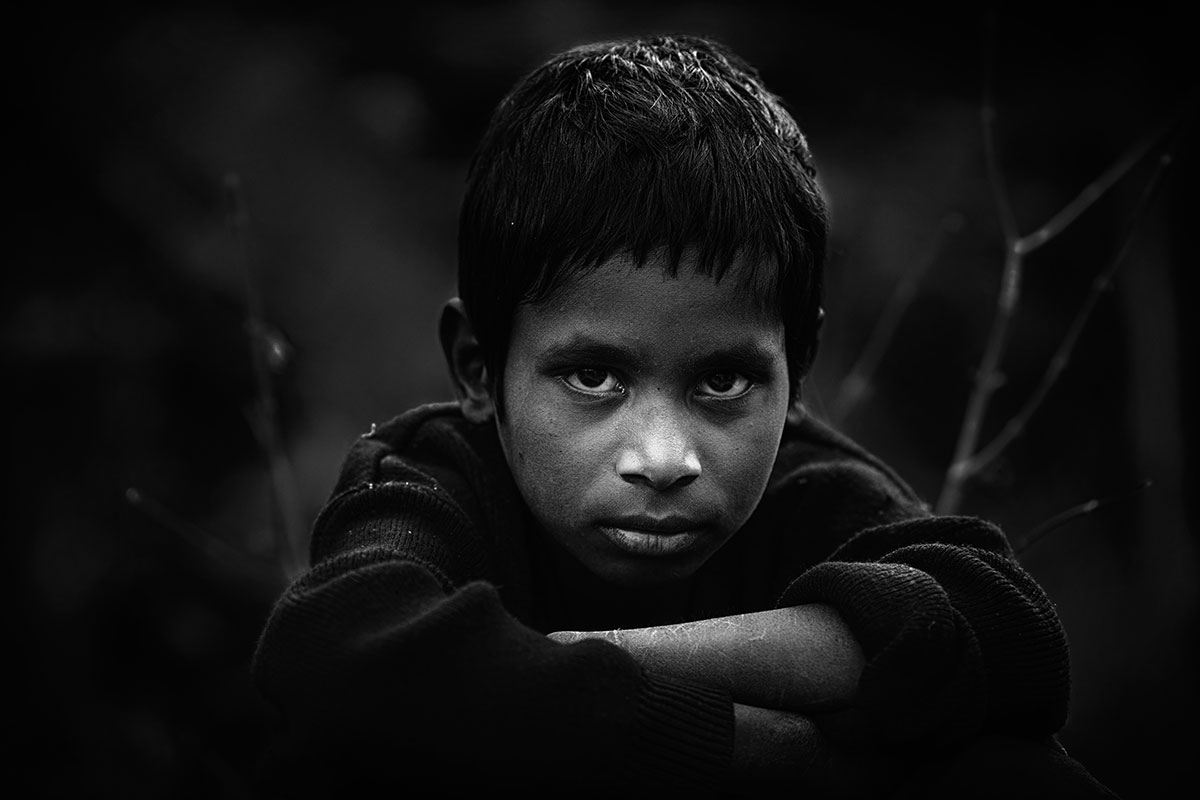
what are the symptoms of childhood trauma in adults?
Symptoms of childhood trauma in adults can have a profound and lasting impact. Many adults who experienced trauma in childhood struggle with a variety of mental health issues, including anxiety, depression, post-traumatic stress disorder, and substance abuse. They may also have difficulty maintaining healthy relationships and may be at increased risk for developing chronic health problems.
How does childhood trauma affect the brain?
Effect of childhood Trauma can cause changes in the brain that lead to difficulties with memory, concentration, and regulating emotions. Trauma can also cause physical changes in the brain, which can lead to problems with physical health.
What are the different types of trauma?
There are many different types of trauma, including physical, sexual, emotional, and psychological abuse, as well as neglect. Trauma can also occur as a result of natural disasters, accidents, or war.
How does trauma cause physical, mental, and spiritual deterioration?
Trauma can lead to physical, mental, and spiritual deterioration. Physical symptoms may include chronic pain, headaches, gastrointestinal problems, and sleep disturbances. Mental health symptoms may include anxiety, depression, post-traumatic stress disorder, and substance abuse. Spiritual symptoms may include a loss of faith, a feeling of disconnection from God or a higher power, and a questioning of one’s belief system.
What are the consequences of childhood trauma?
The consequences of childhood trauma can be far-reaching and long-lasting. Adults who experienced childhood trauma in childhood are at increased risk for developing chronic health problems, mental health issues, and problems in relationships. They may also struggle with addiction, violence, and self-destructive behaviors.
What are the warning signs of childhood abuse?
Warning signs of childhood abuse can include traumatic stress, changes in behavior, physical injuries, and sexualized behavior. Other warning signs may include a child who is withdrawn, has difficulty trusting adults, or is constantly on guard.
How can you identify an abused child?
There is no one definitive way to identify an abused child. However, signs of trauma in children some indicators may include a child who is fearful, has low self-esteem, is withdrawn, or has difficulty trusting adults. What treatment approach might help? If you are experiencing signs of childhood trauma, please talk to someone about it. There are many helpful treatment approaches available, including therapy, support groups, and medication.
Listed below are just a few common warning signs of childhood trauma symptoms in adults:
Depression
Anxiety
Anger
Unresponsiveness
Emotional outbursts
Panic Attacks
Poor Concentration
Shakiness
Night Terrors
Lack of Energy
Physical Symptoms
Physical Illness
Sleep Disturbances
Behavioral Symptoms
Compulsion
Eating Disorders
Impulsiveness
Isolation
Numbness or Callousness
General disorientation
There are a few common symptoms of trauma victims, and often times many children can exhibit a number of these symptoms or may even show none at all. If you or someone you know are showing signs of trauma, it is important to seek immediate professional help.
Treatments for Overcoming Childhood Trauma
Dealing with childhood trauma can be a complex and difficult process, but it is necessary in order to overcome the trauma and lead a happy and fulfilling life. Through therapy, adults can work through their childhood trauma and become productive citizens and raise healthy families. Though there is no one-size-fits-all answer to the question of how children who experience trauma can best be helped.
Here are some evidence-based treatments for treating childhood trauma in adults:
Cognitive Processing Trauma Therapy (CPT)
Cognitive processing therapy (CPT) is a specialized type of cognitive trauma healing therapy used to treat patients with post-traumatic stress disorder (PTSD). A typical 12-session period has been shown to reduce trauma in veterans, sexual assault victims, and children who have experienced abuse or trauma. The main focus of CPT is to recontextualize and help rationalize the traumatic events experienced by the victim.
Trauma-Focused Cognitive Behavioral Therapy (TF-CBT)
TF-CBT is a type of psychotherapy that helps patients change destructive patterns such as negative emotional, behavioral, and thought patterns into positive solutions through the use of awareness and cognitive responses. Clinicians have found success using TF-CBT in children, adolescents, and traumatized adults in 8-25 period sessions.
Eye Movement Desensitization and Reprocessing (EMDR)
eye movement desensitization and reprocessing therapy (EMDR) is a type of psychotherapy that helps a person recall traumatic memories while moving their eyes in a rhythmic pattern. This treatment has been shown to be successful in reducing the negative effects associated with PTSD. EMDR typically lasts for 6-12 sessions.
Narrative Exposure Therapy (NET)
NET involves chronologically laying out a patient’s life and putting into context the events of their life at both positive and traumatic
points. The goal of NET is to help the patient refine and understand traumatic events by putting one’s life events into context. NET is a short-term therapy typically ranging from 4-10 sessions.
Prolonged Exposure Therapy
Prolonged exposure therapy (PET), also known as flooding, is a type of behavioral cognitive therapy in which a patient is exposed to traumatic memories to help them understand and rationalize those events. PET has had success with patients suffering from PTSD related depression, panic attacks, and anxiety. Sessions typically last 15 weeks or longer.
Repressed childhood trauma
A While there is no sure way to prevent childhood trauma from happening, there are things that can be done to help a child recover from it. Therapy, medication, and support from loved ones can all play a role in helping a child heal. It is important to remember that every child is different and will respond to treatment in different ways. With patience, love, and care, a child who has experienced trauma can learn to cope and thrive.

